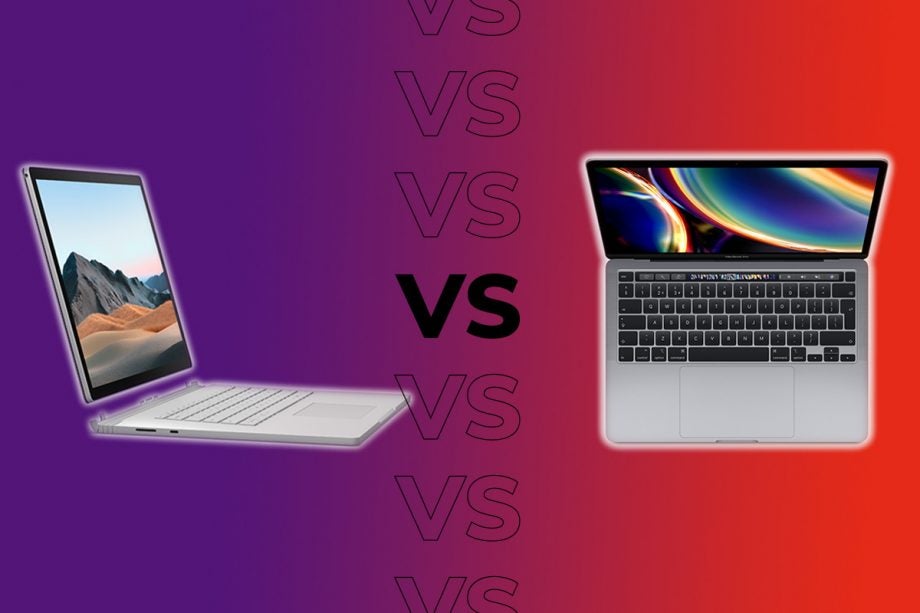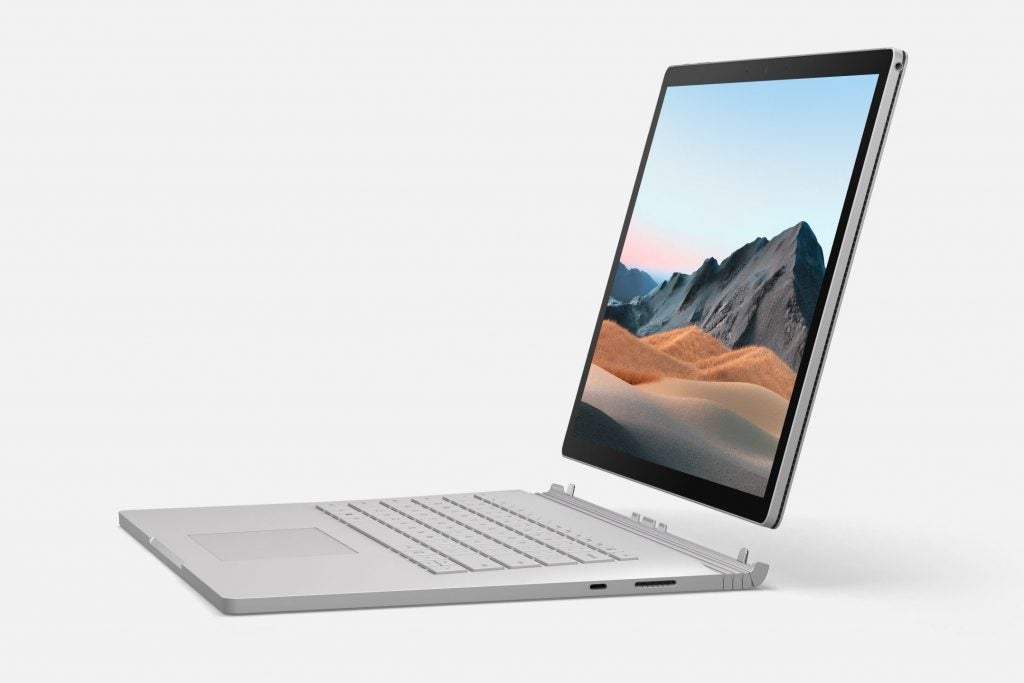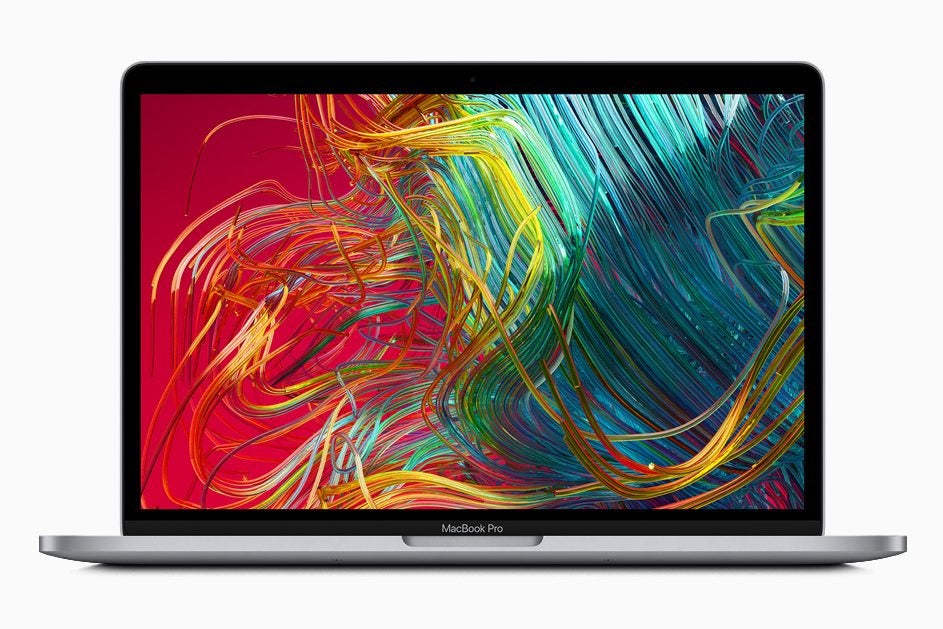Surface Book 3 vs MacBook Pro: 3 things you need to know

It has been a turbulent week for power-users on the hunt for a new laptop thanks to the arrival of shiny new Microsoft and Apple machines, so we’ve pitted them against one another to find out who wins in Surface Book 3 vs MacBook Pro 2020 13-inch.
Both are being marketed as the best option for creatives and developers, and on paper, there’s plenty of evidence to support both laptop’s claim. But with the two devices’ coming with spec sheets longer than King Lear’s script, you may be struggling to figure out which device is best for your specific needs.
To make sure you don’t pick the wrong one we’ve crawled the new MacBook Pro 13 and 13-inch Surface Book 3’s specs sheets with a fine-tooth comb. Here’s what you need to know.
Surface Book 3 vs MacBook Pro – Only one is a convertible
If you’re after a convertible, then the Surface Book 3 will likely be the better option. It features a detachable main tablet section that plugs into a physical keyboard dock. The MacBook Pro 13, by comparison, has a traditional laptop design.
The Surface Book 3 is also the only one of the two to feature stylus support, though if you want to take advantage of it, you’ll have the shell out an extra £100 for the optional Surface Pen.
However, if you only want a regular laptop, then the MacBook Pro 13 is thinner and lighter than its Surface rival, measuring in at 15mm thick and weighing 1.4 kg. The Surface Book 3 measures in at 23mm thick and weighs between 1.5kg-1.65kg when docked, depending on what CPU and graphics option you go for.
Based on our experience testing past Surface Book’s, the MacBook Pro 13’s new Magic keyboard may offer a better typing experience, though until we get both in for review, we can’t confirm this.
Related: Best ultrabook

Surface Book 3 vs MacBook Pro – One’s Pro in name only
Under the hood, there’s no denying the Surface Book 3 13-inch is the more powerful option. This is for two reasons, first because every configuration of it comes with an Intel 10th Gen CPU, regardless of if you opt for an i5 or i7. The MacBook 13, by comparison, features older 8th Gen Intel CPU options in its bottom spec and only jumps to 10th Gen when you go for the two most expensive models.
But second, and for creatives, more importantly, the Surface Book 3 is the only one of the two to come with a dGPU. Though the bottom specced 13-inch Surface Book 3 has Intel Iris Graphics, you can upgrade it to feature an Nvidia GTX 1650, Max-Q design GPU. If you jump to the larger 15-inch model, there’s also an Nvidia Quadro graphics option, which makes it a far better choice for people looking to professionally video edit, code or do serious design work on their laptop.
This is a shame as the MacBook’s screens are traditionally wonderfully accurate and perfect for designers. We’re expecting history to repeat on the new MacBook Pro 13, which features a 13.3‑inch, IPS technology, 2560 x 1600 resolution screen. Though the Surface Book 3’s 13.5” PixelSense display is also, on paper, fairly impressive.
Related: Best laptop

Surface Book 3 vs MacBook Pro – Pricing will surprise you
Apple products always carry a premium price tag, but this time around, if you’re on a budget, the MacBook Pro is actually the more affordable option.
The entry-level 13-inch MacBook Pro 2020 costs £1299. This nabs you a MacBook Pro featuring an Intel 8th Gen i5 processor, 8GB RAM and 256GB SSD storage. To make the jump to 10th Gen, you’ll have to spend at least £1799.
Full pricing for the Surface Book 3 hasn’t been revealed, but we know the baseline 13-inch version, which doesn’t come with a dGPU, will retail for £1599 – that’s hardly cheap, even by top-end laptop standards.


